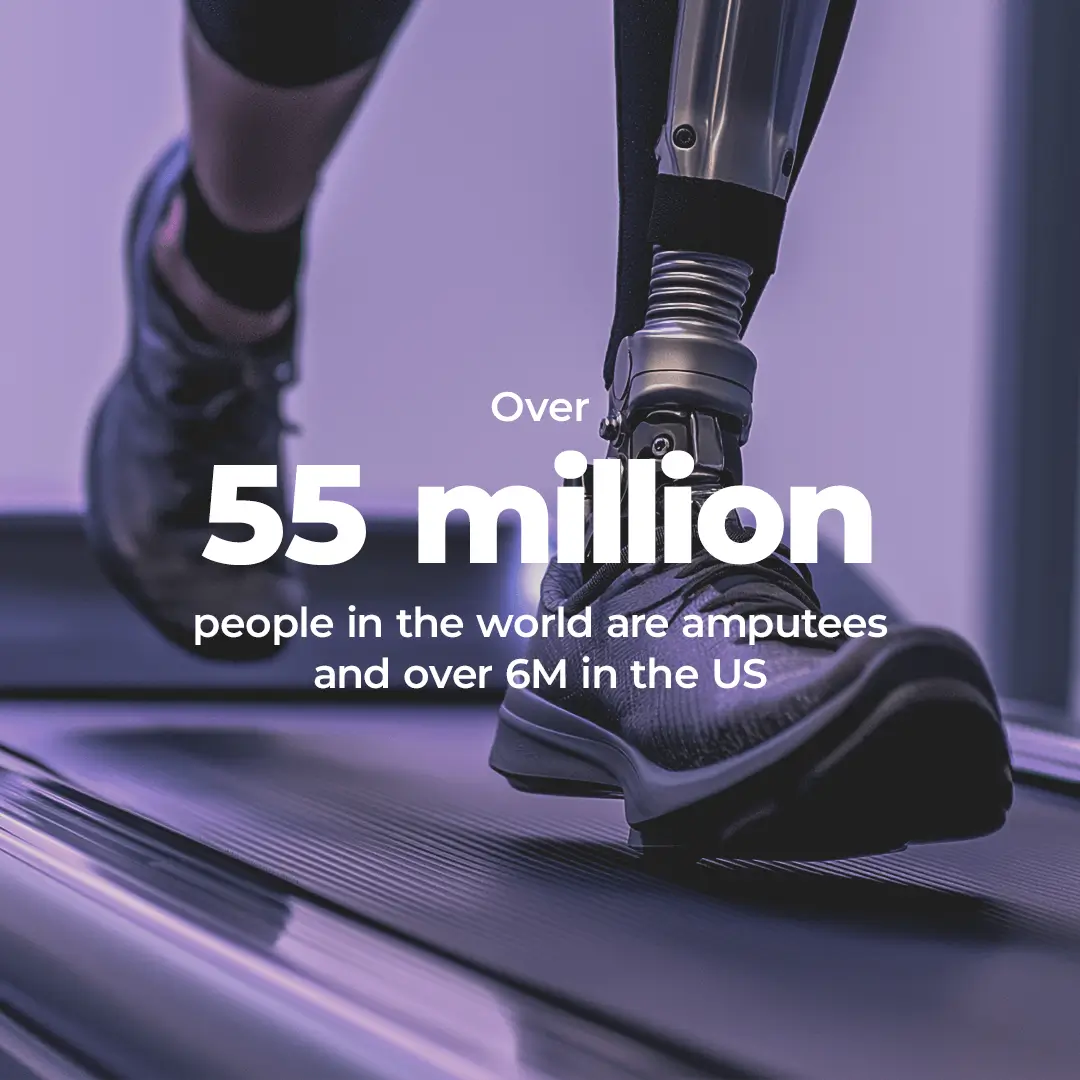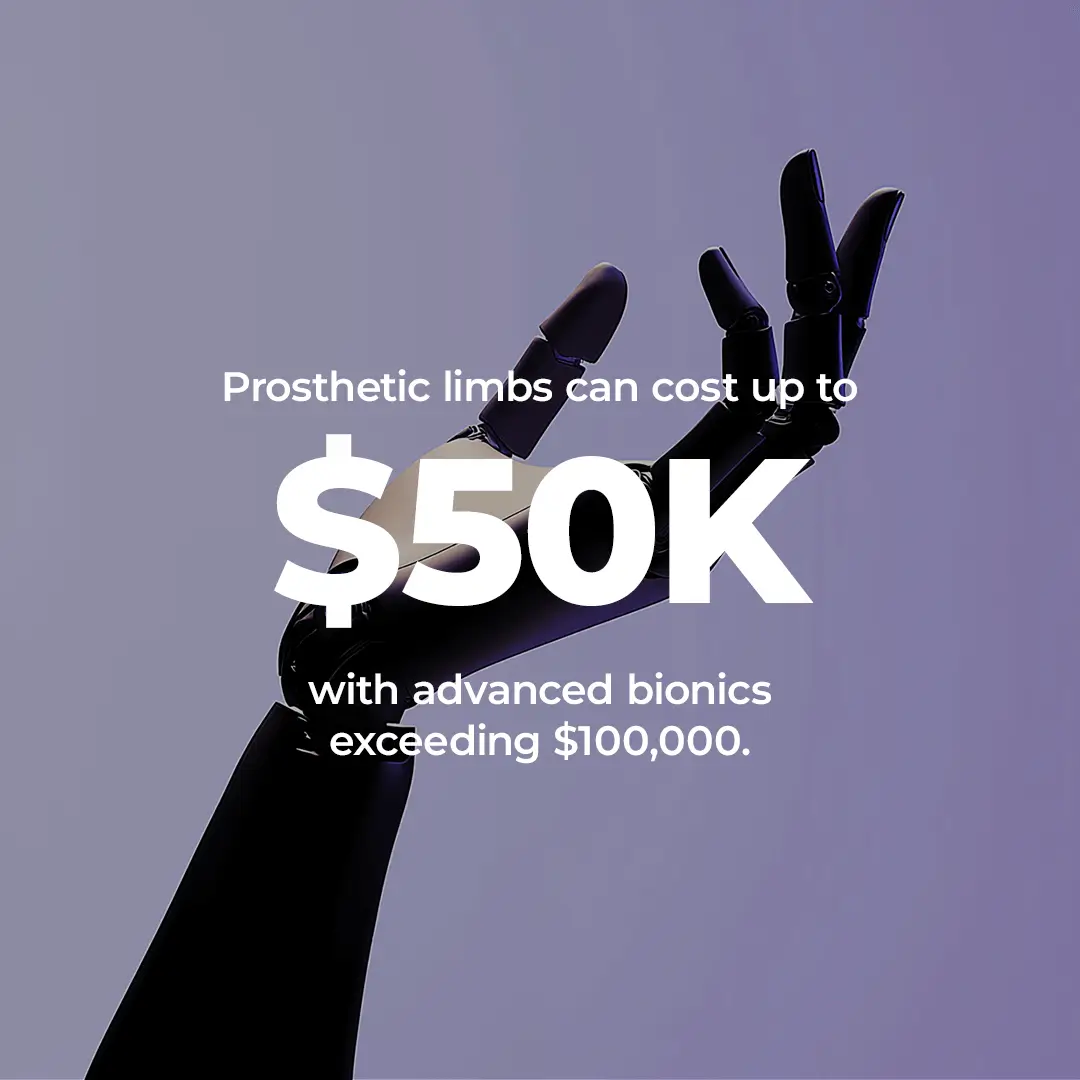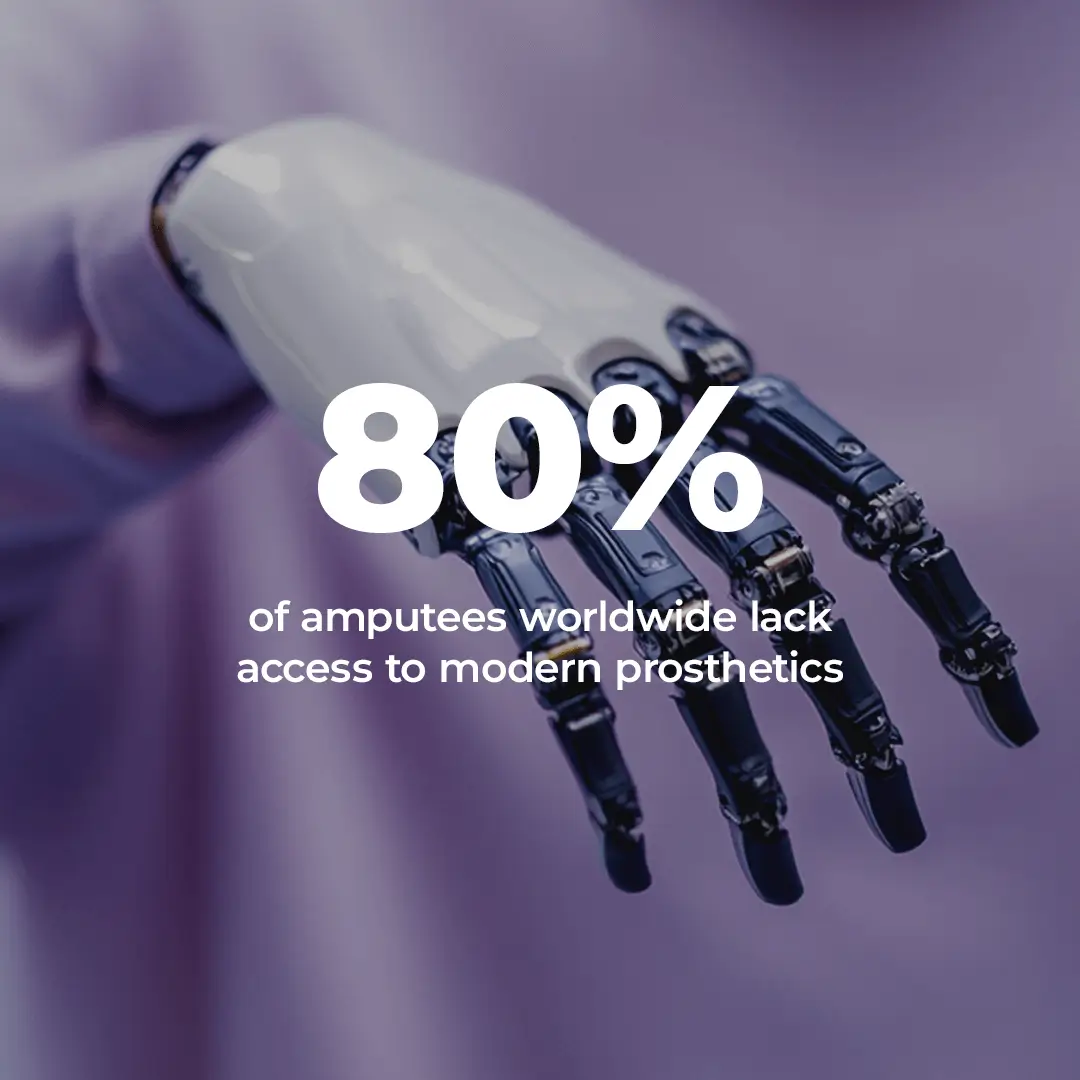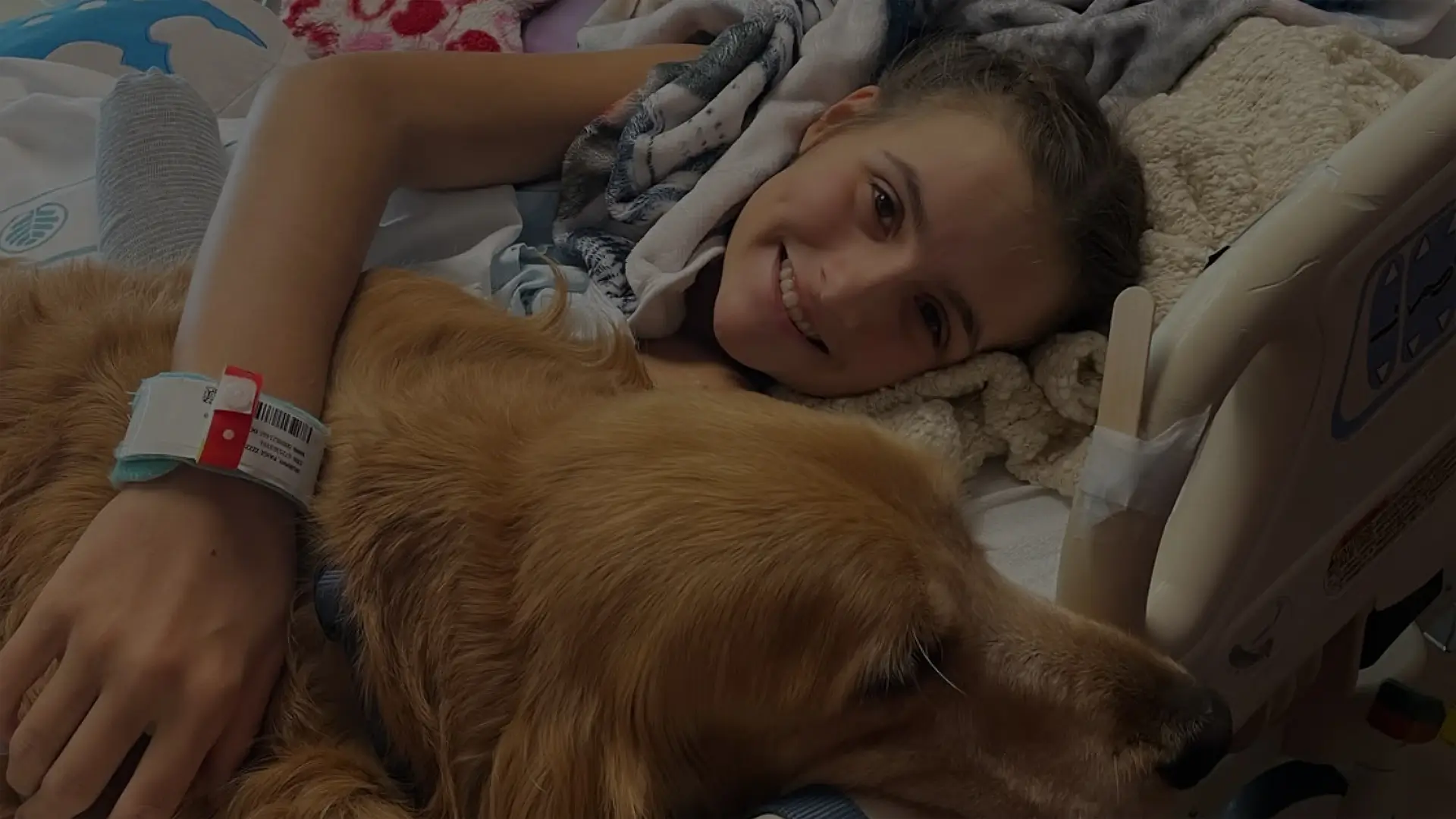Right now, life-changing new technologies have been developed in areas such as virtual reality therapies that eliminate phantom limb pain or breakthrough innovations that create lighter, more functioning prosthetics. But there’s a huge gap between what’s technologically possible and what’s actually available for amputees and the physicians who serve them.
That’s because the high development costs associated with these technologies makes delivery of new tech slow, prosthetics are not always built with the optimal light weight material, learning how to use these complex devices is hard, and financially they are out of reach to the majority of candidates.





